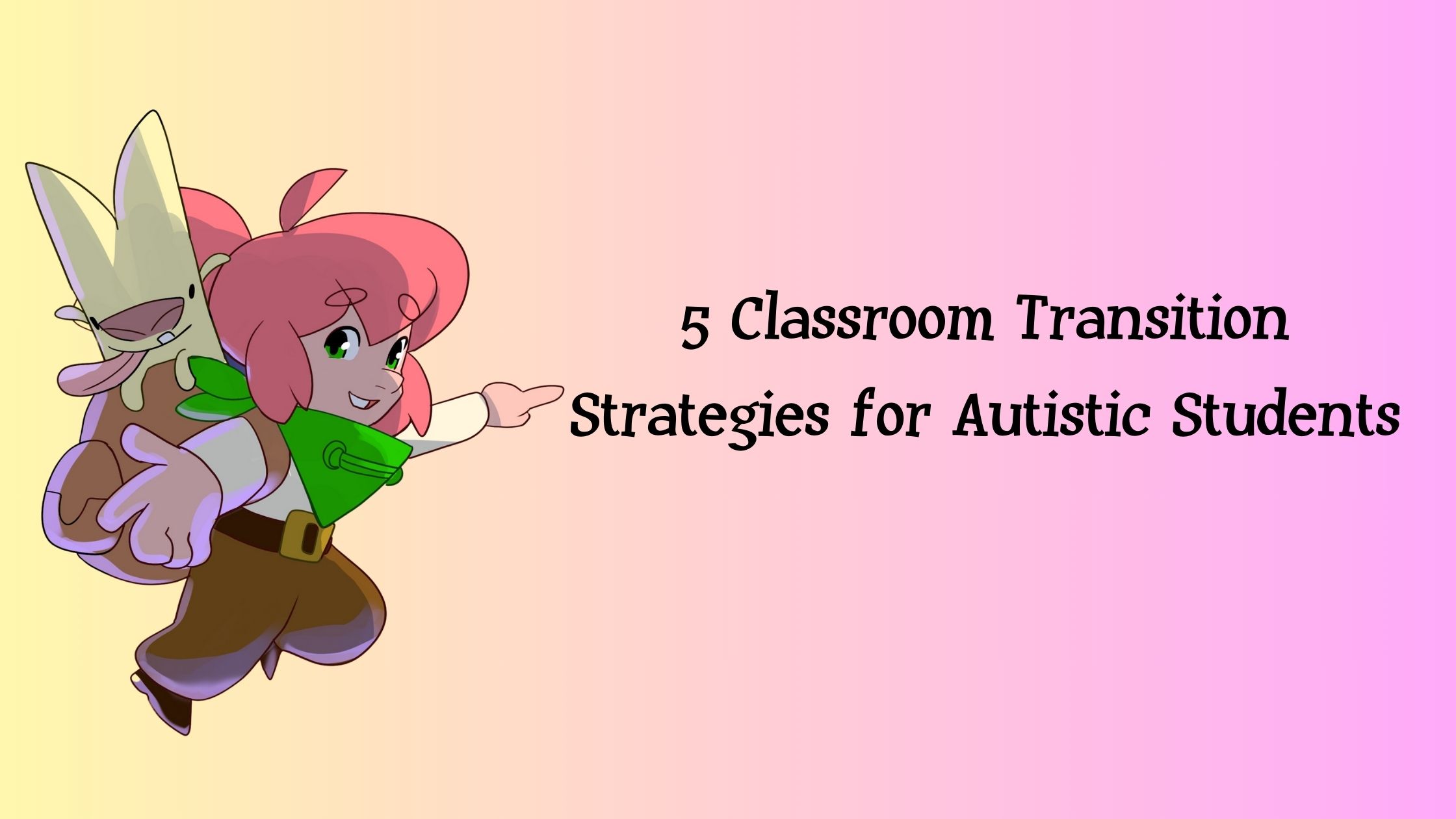
Educators know that classroom transitions can make or break a lesson. The time between ending one task and moving to the next leaves space for students to get distracted, overstimulated, confused, or bored. This is especially true for autistic students and other neurodivergent students who sometimes have difficulty staying focused while switching tasks, experience anxiety when unsure about what to do next, or become overstimulated by the noise that comes from unmanaged transitions.
A large part of effective classroom management and creating a positive learning environment involves managing time and providing structure throughout the day. Neurodivergent students thrive on predictability, so it’s important for educators to be proactive about planning classroom transitions.
Here are 5 simple transitioning strategies educators can implement today:
1. Meditation Minutes
Meditation has a host of benefits such as improving focus and reducing anxiety. Taking time to meditate between tasks gives students a chance to mentally close out the previous task and prepare for the next one.
To implement this strategy, play a soft bell to signal the end of an activity. After the bell rings, the students focus on breathing silently for one minute. After the minute is up, they begin the next task.
2. Music
Playing music can be a fun, yet effective way to transition students from one task to the next. Certain types of music are proven to improve focus and relax listeners.
To implement this strategy, play a specific song to signal the end of an activity. This lets students know that it’s time to move on to the next task. Make this transition strategy even more fun by allowing students to choose the transition song.
3. Transition Cards
Transition cards serve as a visual cue that it’s almost time to transition. This can be useful for autistic students and other neurodivergent students who prefer visuals or who might become overstimulated by verbal instructions.
To implement this strategy, post different colored transition cards (such as green, orange, and red) on the board. Each color represents a different stage in the transition. Green means keep working, orange means prepare to transition, and red means stop.
4. Countdown
Countdowns are helpful because they keep students from being surprised when a task ends. An abrupt ending can cause anxiety. Countdowns give students time to mentally prepare for the transition and they can also teach students how to manage their time.
There are a few ways to use countdowns. You can put a timer on the board that students can see, or you can verbally tell students “5 minutes,” “3 minutes,” etc. Displaying the countdown on the board can be helpful for students who prefer visual support.
5. Clap
Clapping is a simple way to get the students’ attention while also signaling it’s time to transition. This transition strategy engages students and provides an auditory signal, which is beneficial for students who respond best to sound.
To use this strategy, clap twice to alert students that it’s time to start finishing up the activity. Students respond with one clap to let the teacher know they heard and understand the signal. Next, clap once to let the students know it’s time to end the activity and move on to the next one. Students respond with one clap and begin the new activity.
These five transitioning strategies are helpful for autistic students, but they can also be implemented in general education classrooms. Every student is different, so it’s important to identify the transitioning strategy that will work best for them. One student might find countdowns helpful, while another might find them nerve-racking. In our free Transitioning Strategies lesson plan and activity, your students can explore the different strategies and share which ones appeal to them the most.
.png)


